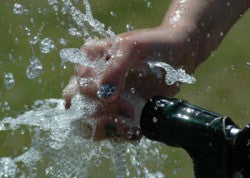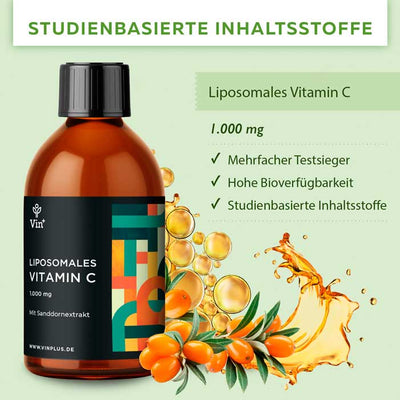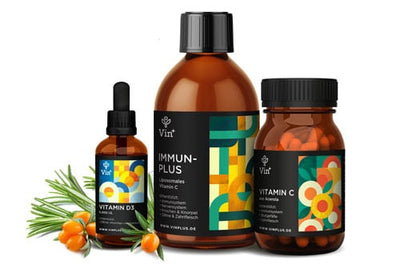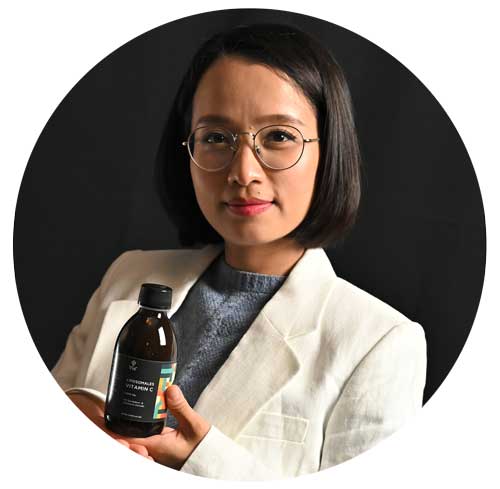It should be clear to everyone that a fire ointment belongs in every medicine cabinet. Especially in summer, when temperatures can sometimes rise above 30 degrees, there is a high risk of getting injured by sunburn. A severe sunburn causes a first-degree burn in most people and is very painful.

Burn and wound ointments
You can buy special burn ointments for this purpose in every pharmacy. They were specially developed for burns and also offer protection against infection. They also ensure that the formation of new skin cells on the burned area is supported and the skin regenerates accordingly quickly.
Don't forget the burn ointment when planning your vacation
If you are planning your holiday by the sea, you should not do without fire ointment in your luggage. There are more or less dangerous species of jellyfish that can cause burns when touched. A burn ointment should therefore be carried along, especially if the skin of children is sensitive. There are seasonal times when a burn ointment is particularly needed. A burn ointment is essential not only in summer, but also at Christmas time and around the turn of the year or even in summer during the barbecue phase. Particular carelessness when grilling always results in more or less nasty burns. Improper handling of fireworks should also not rule out combustion. Smaller children are particularly affected in many cases, they should never be alone near the barbecue without supervision and an accompanying person and should not get their hands on any crackers or firecrackers even at the turn of the year. Special care should be taken with a Christmas tree with real candles.
Injuries caused by a burn are classified in grades 1 to 3, which gives an indication of the degree of severity. If a more or less pronounced reddening is observed with a first-degree burn and of course there is pain, it looks completely different with degree two. Burn blisters usually form on the skin fairly quickly. These must be opened very quickly so that the liquid inside can escape, otherwise a significant infection can occur and then possibly complications. Grade 3 burns can be recognized by the fact that blackening appears after a short time. Here the skin is completely burned and charred. In addition to the severity of this burn, the size of the area affected is also important. After a burn, the skin should be cooled immediately. For third-degree burns, see a doctor or hospital immediately. For burns that are not so severe, cold water and, of course, a good burn ointment are usually sufficient. A burned area of skin should be held under clear, cold running water for about 20 minutes. In the case of small children, of course, the doctor should be consulted immediately even with minor burns.
First aid for burn injuries

In Germany there are around 10,000 to 15,000 people who need treatment for burn injuries every year. Of these, 10 percent find themselves in an intensive care unit. Around half of the burns occur at home, half of which are the result of a suicide attempt. In every first aid course you learn that a burn must be cooled immediately, if cooling only begins two minutes later, a positive effect can no longer be achieved. On the other hand, if the cooling takes too long, it is more damaging to the skin. The blood vessels in the skin then contract and the damaged area increases.
Burns must be treated separately
Immediately after a burn, a burn should be covered with sterile, secretion-absorbing and non-adhesive dressing material after cooling. Applying powder, ointment or similar is an absolute taboo at this stage. Ointments store the heat even more and powder would stick the wound together. The well-known household remedy "oil and flour" should never be used, it would have the effect of putting out a fire with petrol. A burn ointment can only be used for follow-up treatment or minor burns.
Classification of degrees of burns
- With a first degree burn, the skin is slightly red and it can be compared to the appearance of a sunburn. The spot hurts, but there are no burn blisters. Healing takes place after a relatively short time and apart from the use of a burn ointment, no clinic has to be visited.
- In grade 2, damage to the skin is only visible on the surface. Blisters appear and the bottom of the blister quickly turns red. The person suffers from severe touch pain. Healing takes between 10 and 14 days. Sun and excessive heat should be avoided during this time.
- Doctors still distinguish a grade 2b, which extends far under the skin and surgical treatment is absolutely necessary. Otherwise the healing would take a long time and scars would also remain. The bottom of the blister looks white and hair on the affected area is sunken.
- A third-degree burn causes white, dry patches of skin and severe skin damage. The patient hardly feels any pain and there is no longer any hair here either.
- Then there is the burn degree 4. This is achieved, for example, after burning with electricity. The skin is charred and there is significant soft tissue damage.
Burn ointments Areas of application
A burn ointment should be used for first and second degree burns. It not only relieves pain quickly and effectively, but also significantly promotes regeneration of the affected skin areas. It supports the regeneration of burned tissue and also healing after an operation, and in some cases it prevents scarring . A good burn ointment does not contain any skin-irritating substances and can therefore also be used on mucous membranes. A burn ointment promotes:
- The rapid healing of wounds
- It reduces pain
- She relieves pain
- It helps reduce scarring
- It prevents infections from burns
A burn ointment is applied about 2mm thick to the skin, not rubbed in. It should be applied about two cm beyond the edges of the wound and used more often in the first three days. Burn ointment does not contain any skin-irritating substances and usually has no side effects, so that it can be used on small children.








